As we prepare to bring you the third edition of the We Have Great Stuff colouring book series, we are considering new ways to update the format and reflect changing technology. This year’s theme, STEM, naturally lends itself to the incorporation of the buzz word of the year– Artificial Intelligence (AI).
AI is now touted as the miraculous tool that can enhance productivity, manage schedules, book flights, and even assist in meal planning. However, along with its popularity, AI has sparked significant controversy surrounding its ethical implications. Artists and creatives have expressed valid and pressing concerns about this highly innovative software.
What’s the Problem with AI?
One of the early achievements of AI was its ability to create “generative” images, combining various works to create entirely new visuals. While this may seem like a fascinating feat, it becomes problematic when we realize that this process often uses images posted online without consideration for copyright, proper attribution, or ethical compensation to the original artists.
An Expert Opinion
As an artist myself, this is a valid concern. Will there be any job opportunities for graduates like me with a design degree, or will they all be taken over by AI bots?
To see if I could incorporate AI into the colouring book, I decided to meet with two AI interns from ISG, Wietske Holwerda and Bartlomeij Pohorecki. Their unanimous response to my query was, “probably not.”
The AI team explained that the current state of AI is not advanced enough to be effectively employed in real projects like our colouring book. The images generated by popular AI tools like Deep AI and Dall-E may lack real-world accuracy, a critical aspect for a project like the colouring book which is centred around real individuals and technologies. Additionally, the sourcing of these AI-generated images raises concerns of copyright infringement, which could have serious consequences for a published open-source work.
However, they encouraged me to experiment and see what I could create.
Let’s Give it a Try
First, I tried Dall-E, OpenAI’s image generation tool, which was among the first available online. Dall-E utilizes natural language descriptions to generate images based on requests and has been widely used for image creation.
I requested Dall-E to create colouring book pages featuring UoE’s very own Crystal Macmillan. The results were not terrible but fell short of expectations. The software lacked the ability to capture a reference or produce a likeness of a notable individual, making it challenging to use in a book filled with prominent personalities.
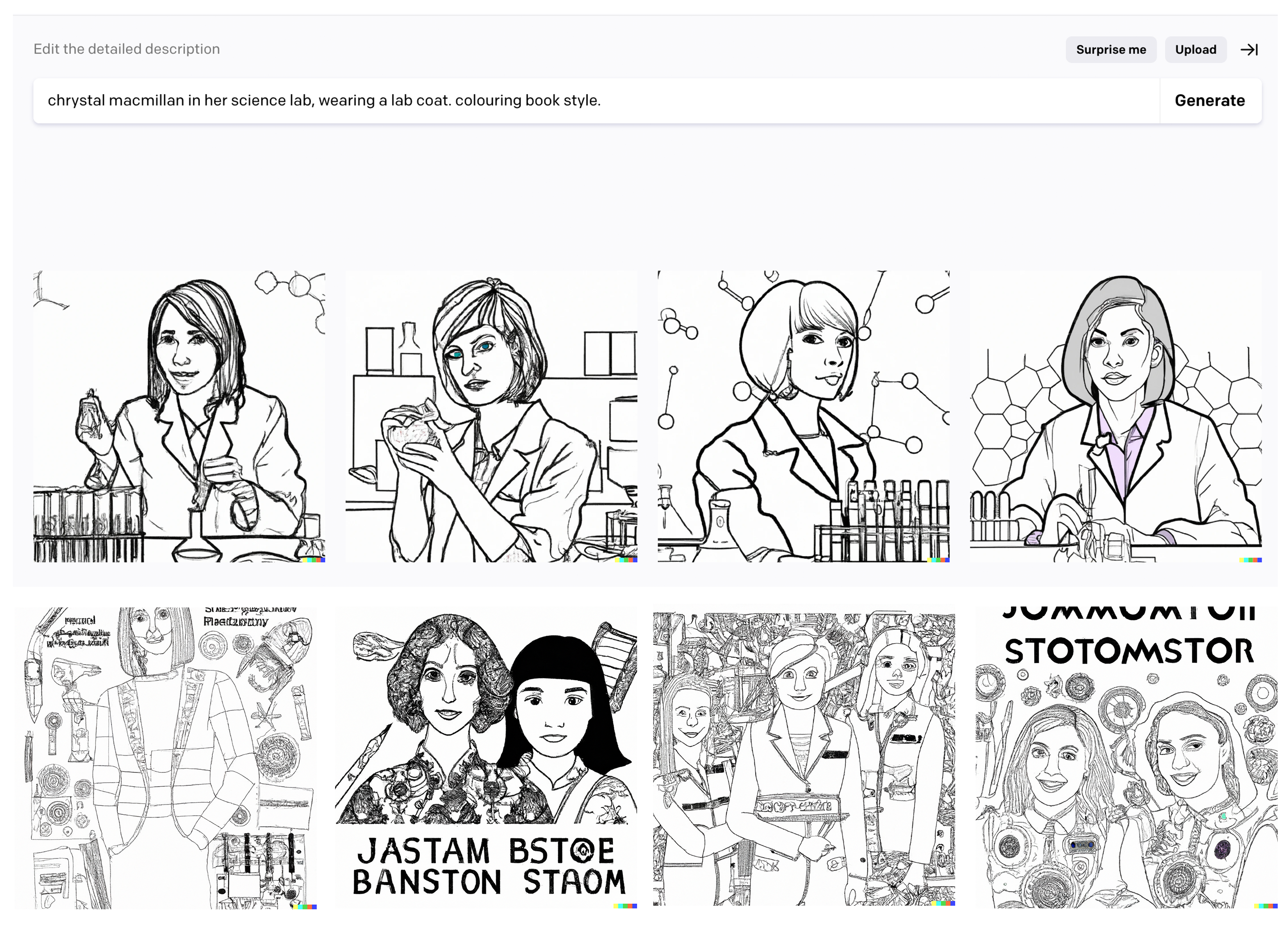
Another feature of Dall-E is the ability to edit existing images. I uploaded an image of Chrystal Macmillan to Dall-E, resulting in an army of look-alikes but nothing too helpful for the project.

Thinking that modifying an existing image might be the best approach for this project, I turned to Adobe Firefly, an AI tool currently in beta testing by Adobe, that has been integrated into the latest version of Photoshop. This tool has significantly democratized AI accessibility for designers and creatives who already utilize adobe products every day.
I asked Adobe Firefly to extend a few of my images, and the results were amazing!
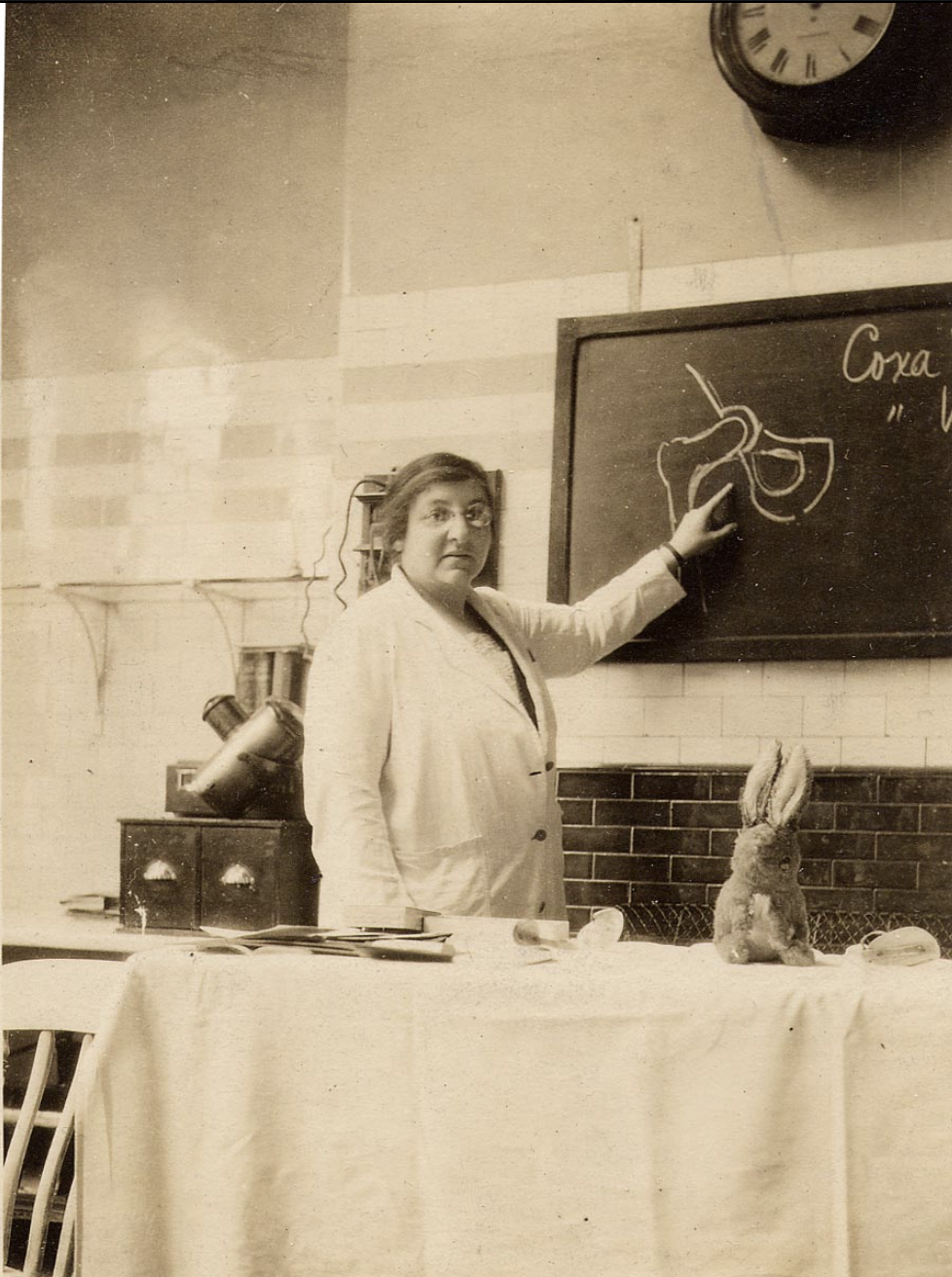
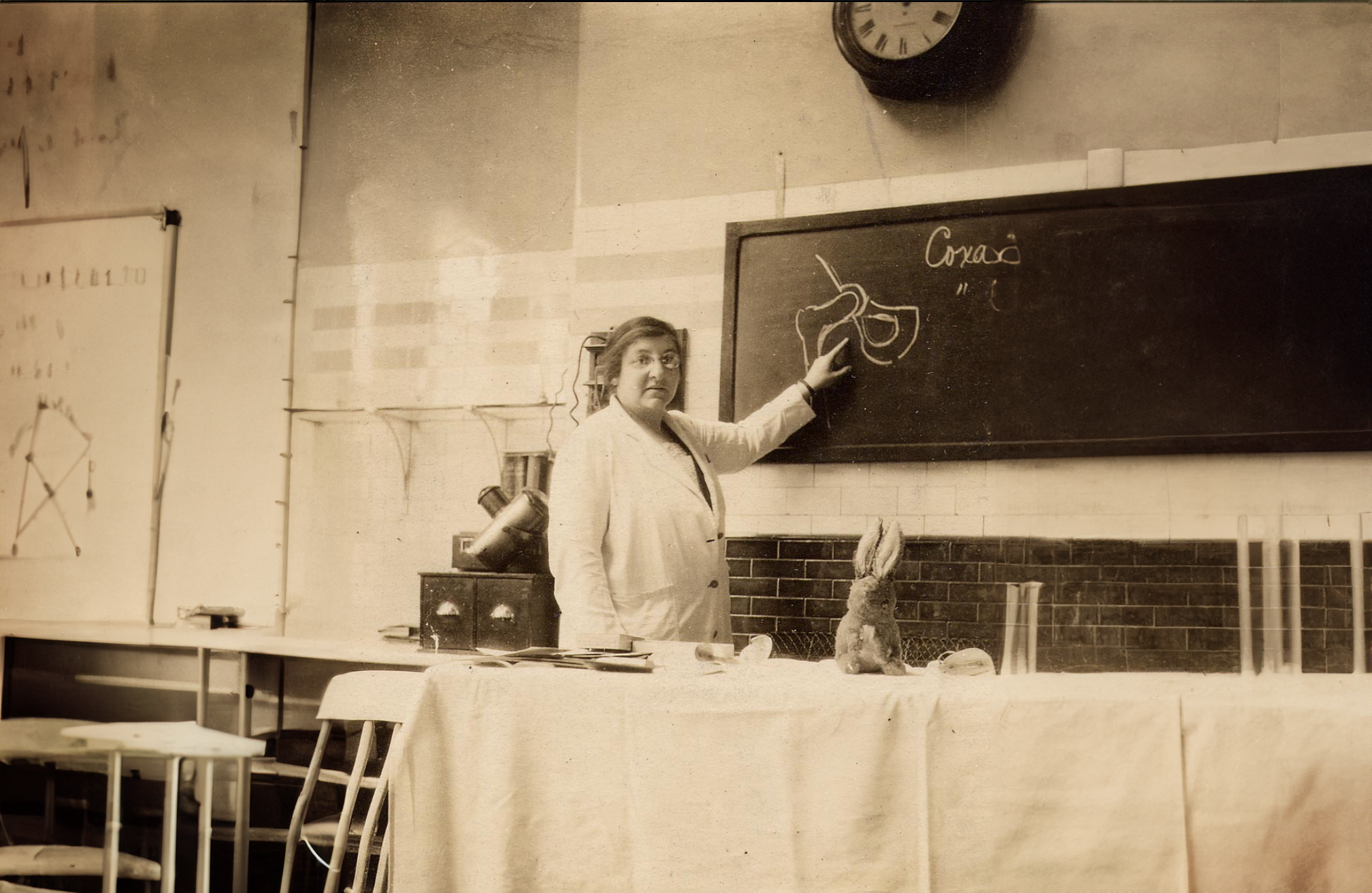
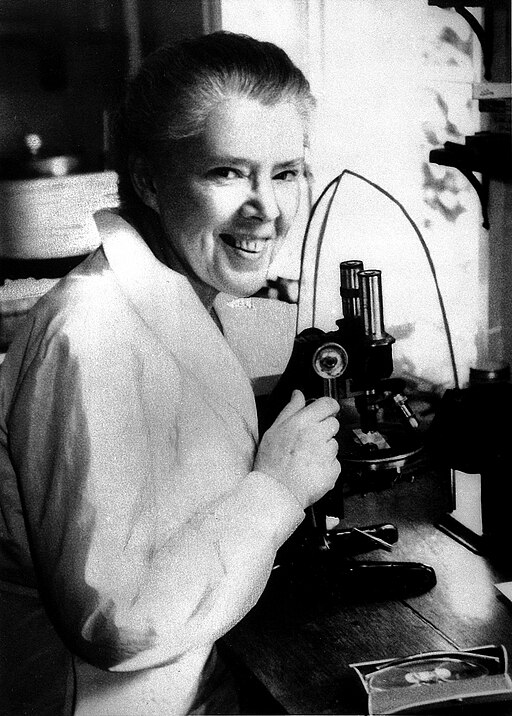
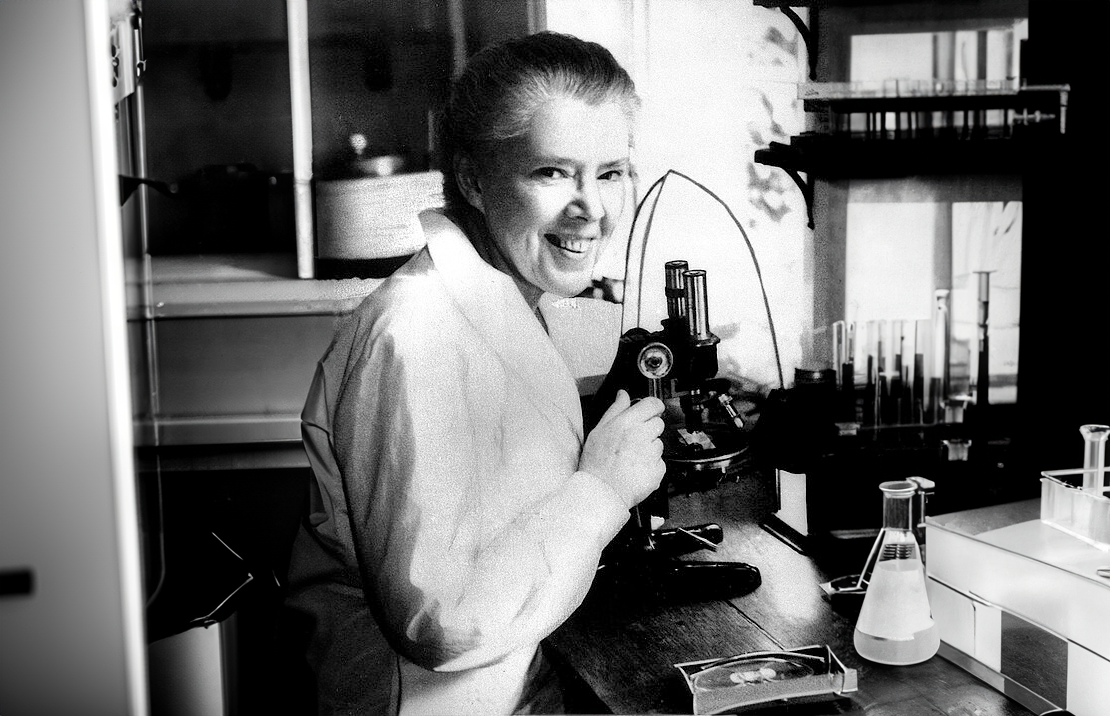
However, there were some issues when it came to specific details. AI lacks an understanding of space and depth, which led to some peculiar additions to Honor’s lab. Additionally, the tool tended to add creepy humanoid figures, as evidenced by those added to Gertrude and Elsie’s image.
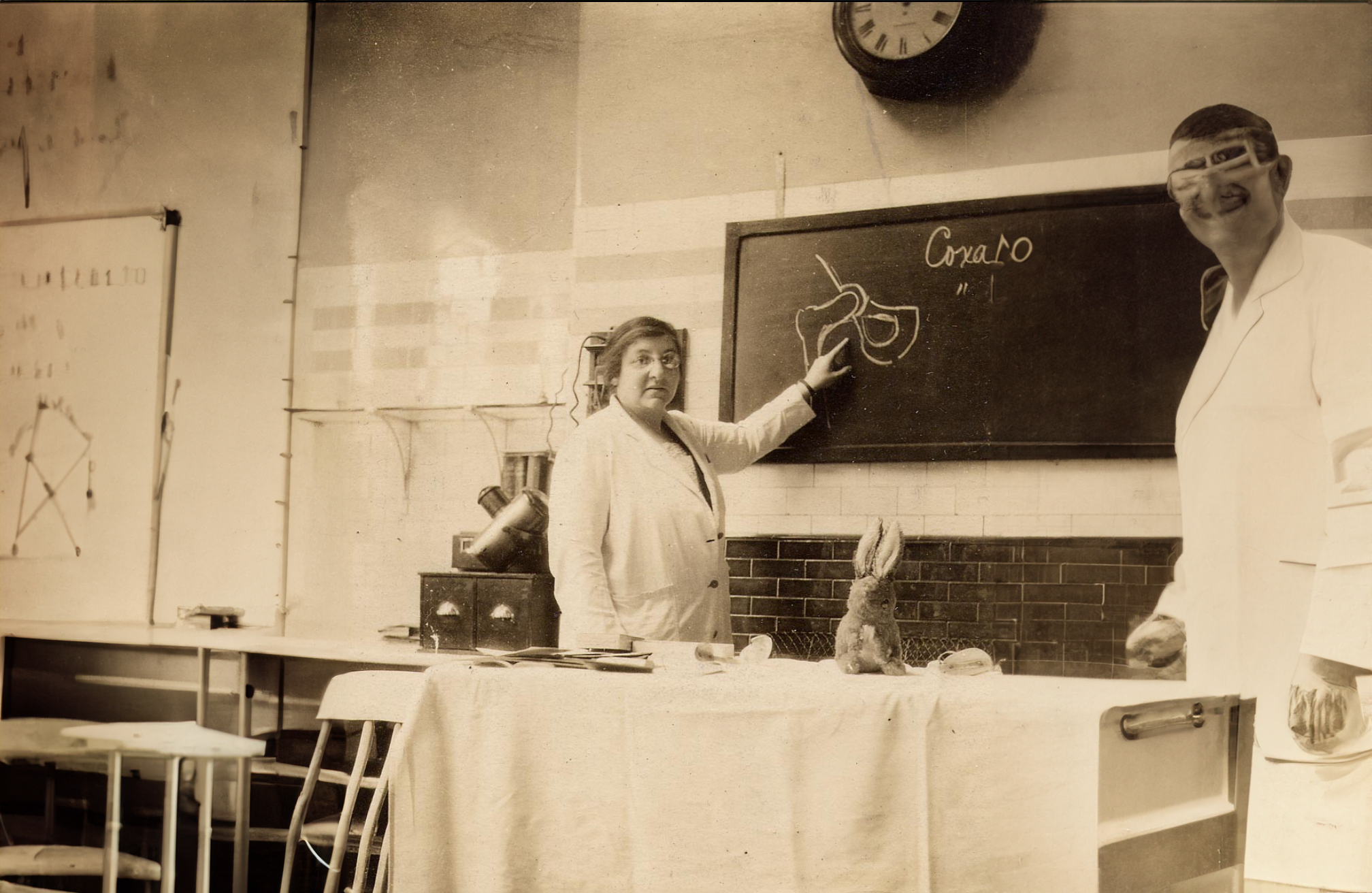
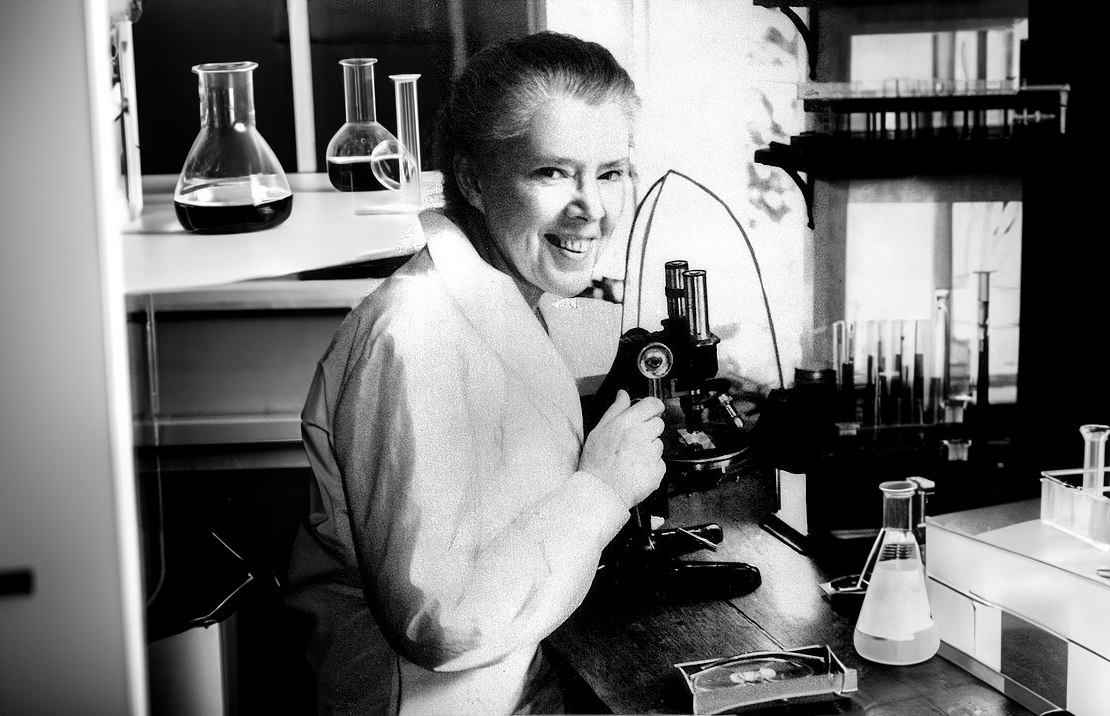
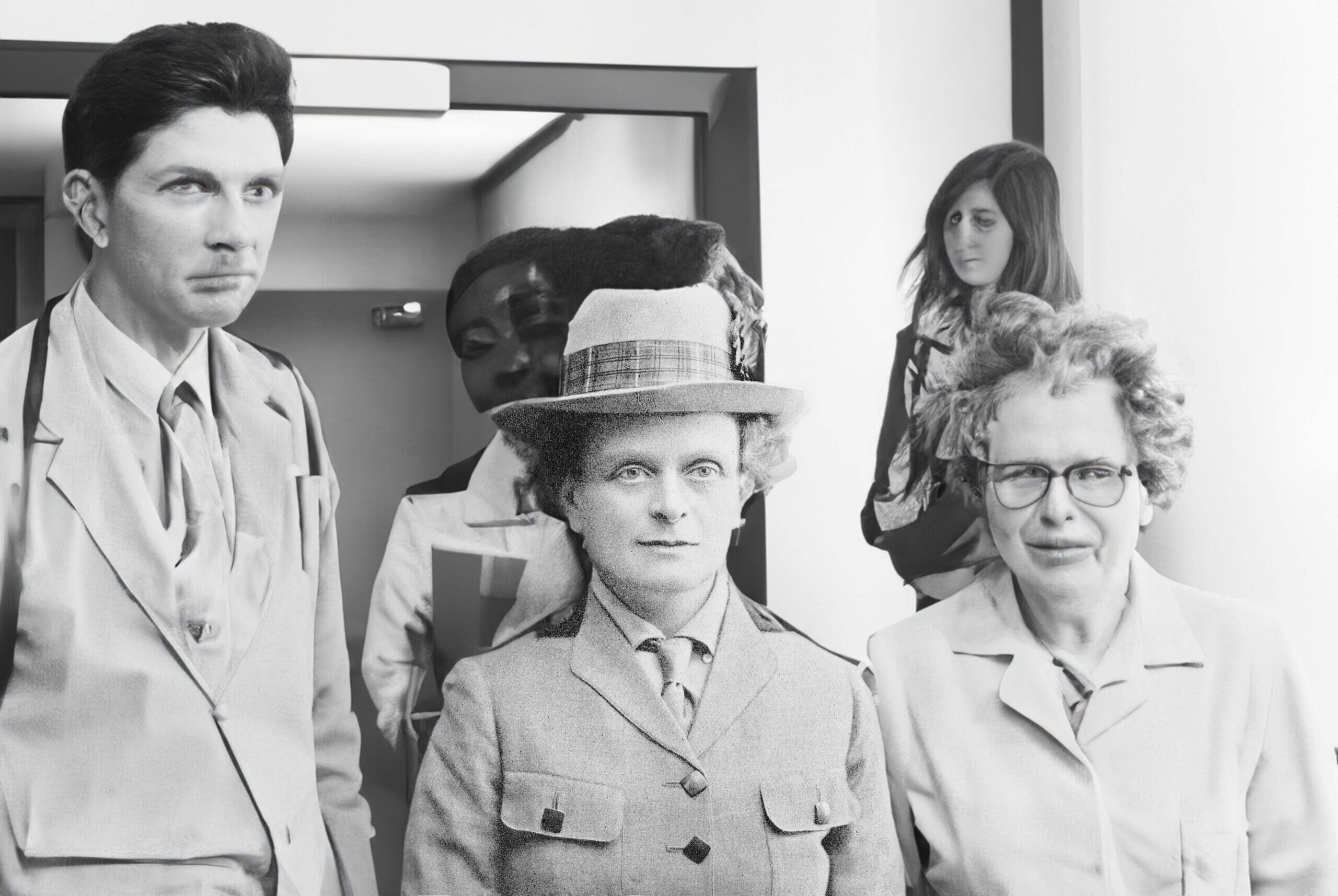
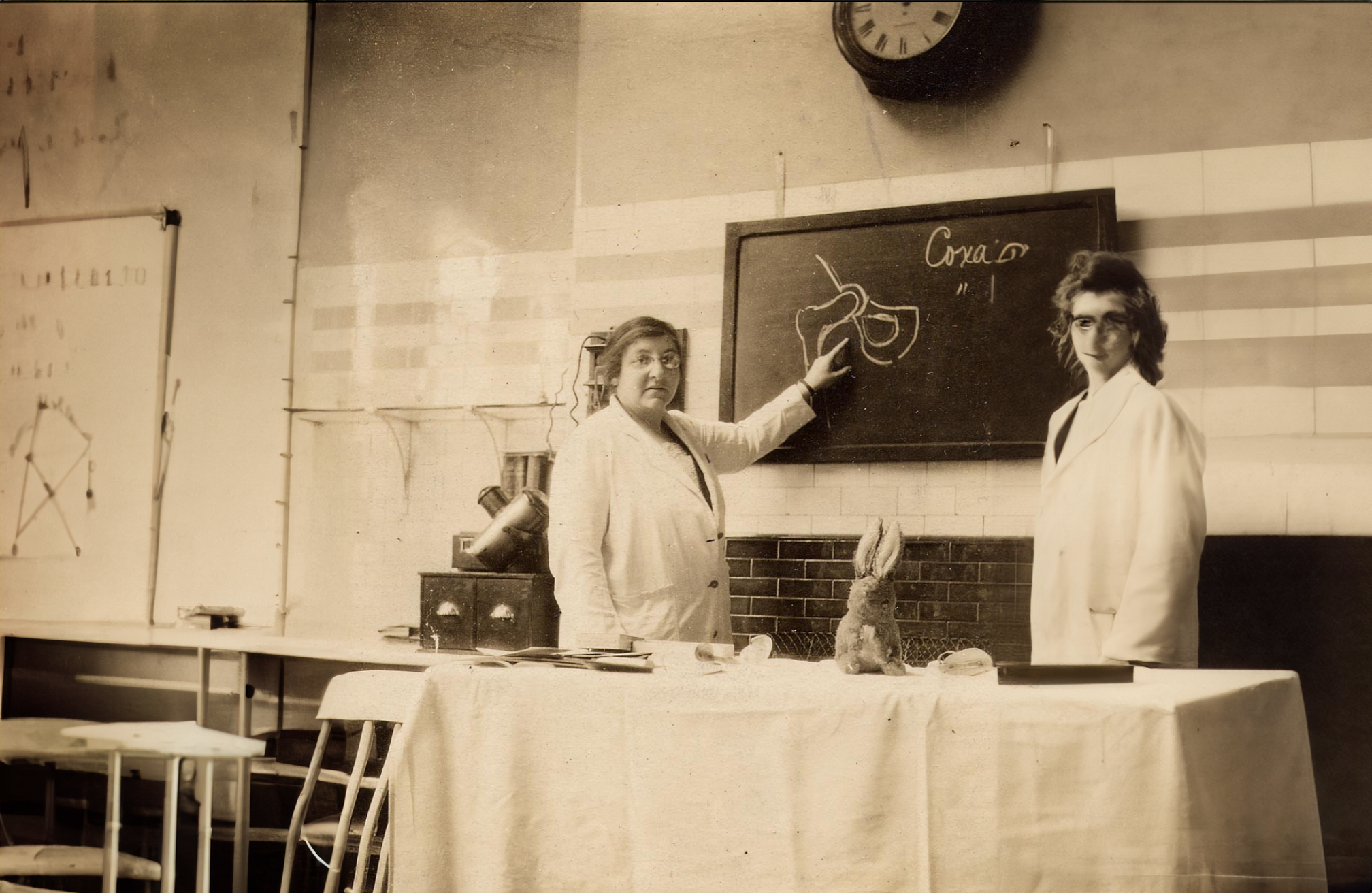
Next, I explored “Fotor,” a free and accessible online platform for AI image generation and manipulation. Fotor offered a remarkable black and white colorization tool, using AI logic to colorize lack and white photos. This worked well on the picture of Charlotte Auerbach but fell short when applied to Jessie MacGregor or Noreen Murray..
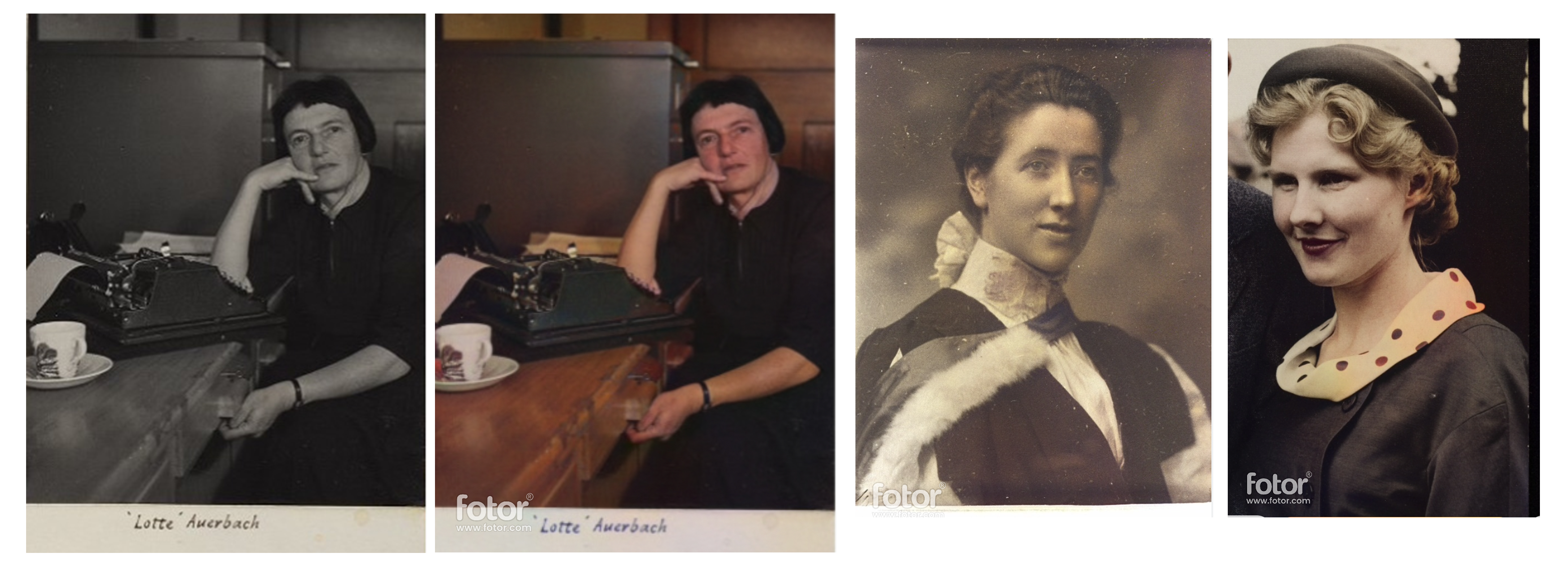
In summary, I find myself breathing a sigh of relief. Creatives, your jobs are safe, at least for now. AI is undoubtedly proving to be a powerful tool, but it is not without its complications.
However, there is a world of fun to be had when it comes to creating unusual AI altered images.
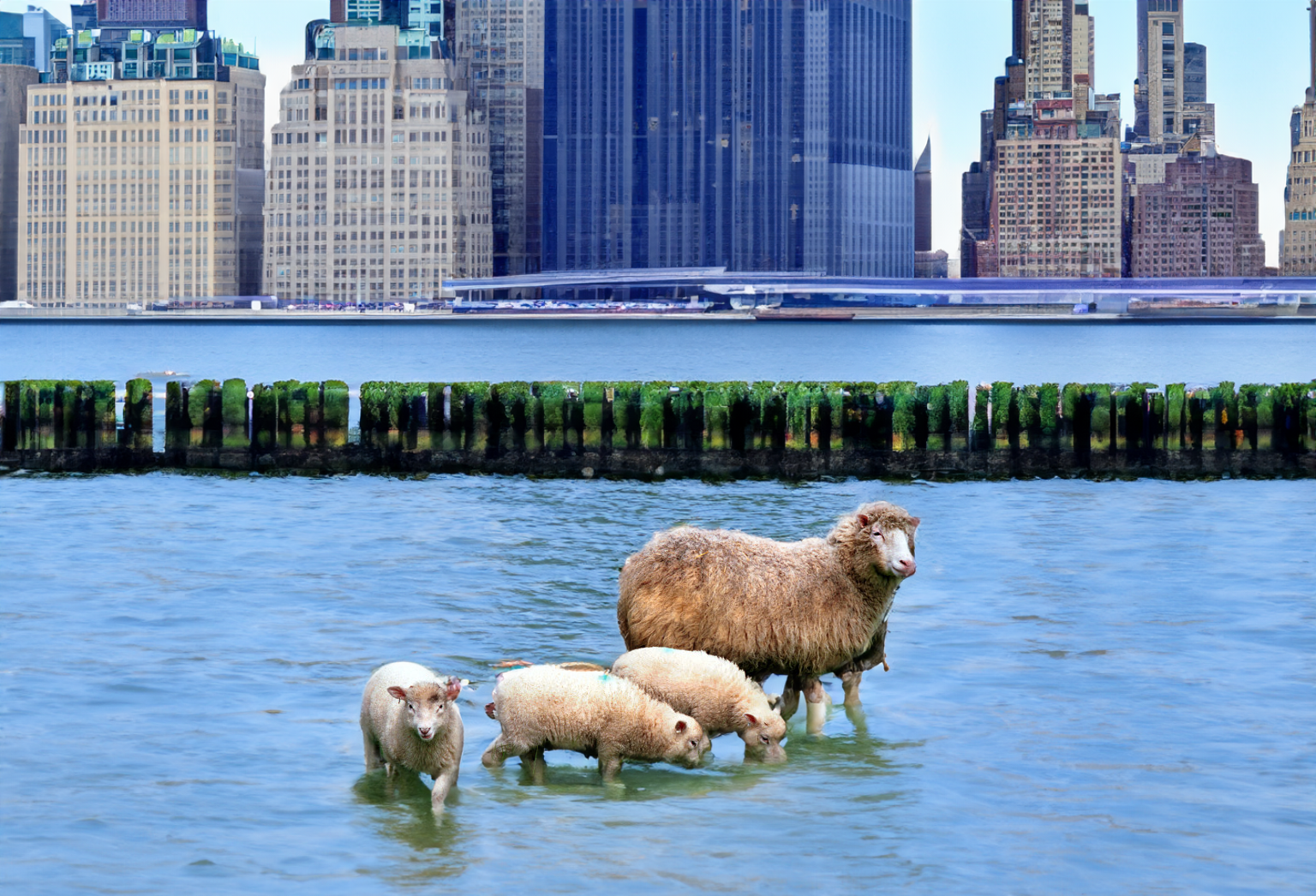
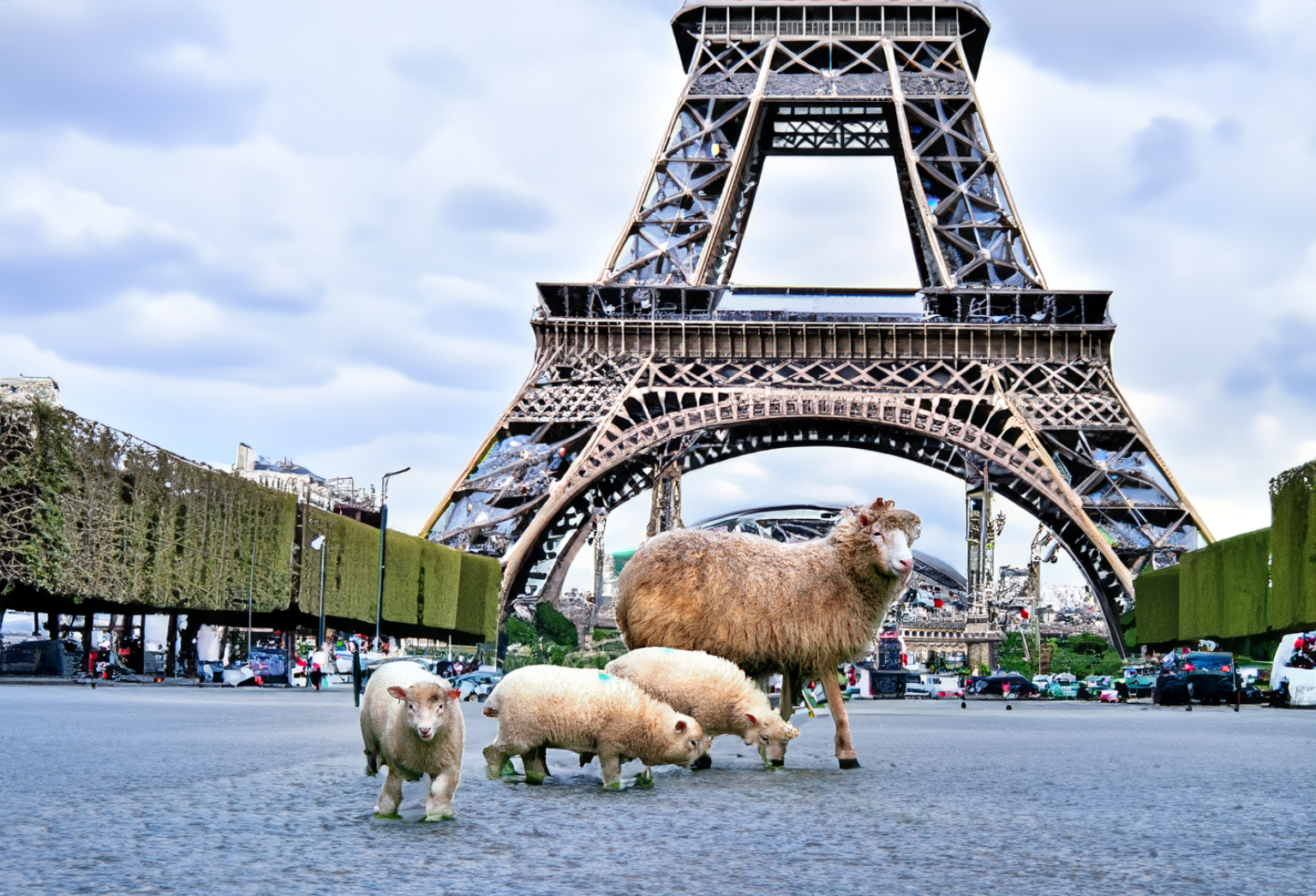
Dolly and friends travel the world
So, what does this mean for the book?
When it comes to image generation, it may not be in the project’s best interest to rely too heavily on AI. Not only will it complicate our ability to licence the book’s images, it will produce images that simply aren’t as good as what any of you could come up with.
And when it comes to including AI in University work, the best practice is to of course use the helpful AI guidance published onto the University website, which covers use cases, citations, and best practices.
This is why we need participants like you more than ever to help us amplify the stories of UoE’s fantastic women in STEM and create hand-made, ethically sourced illustrations. Stay tuned for information on upcoming events and how to get involved in this project.
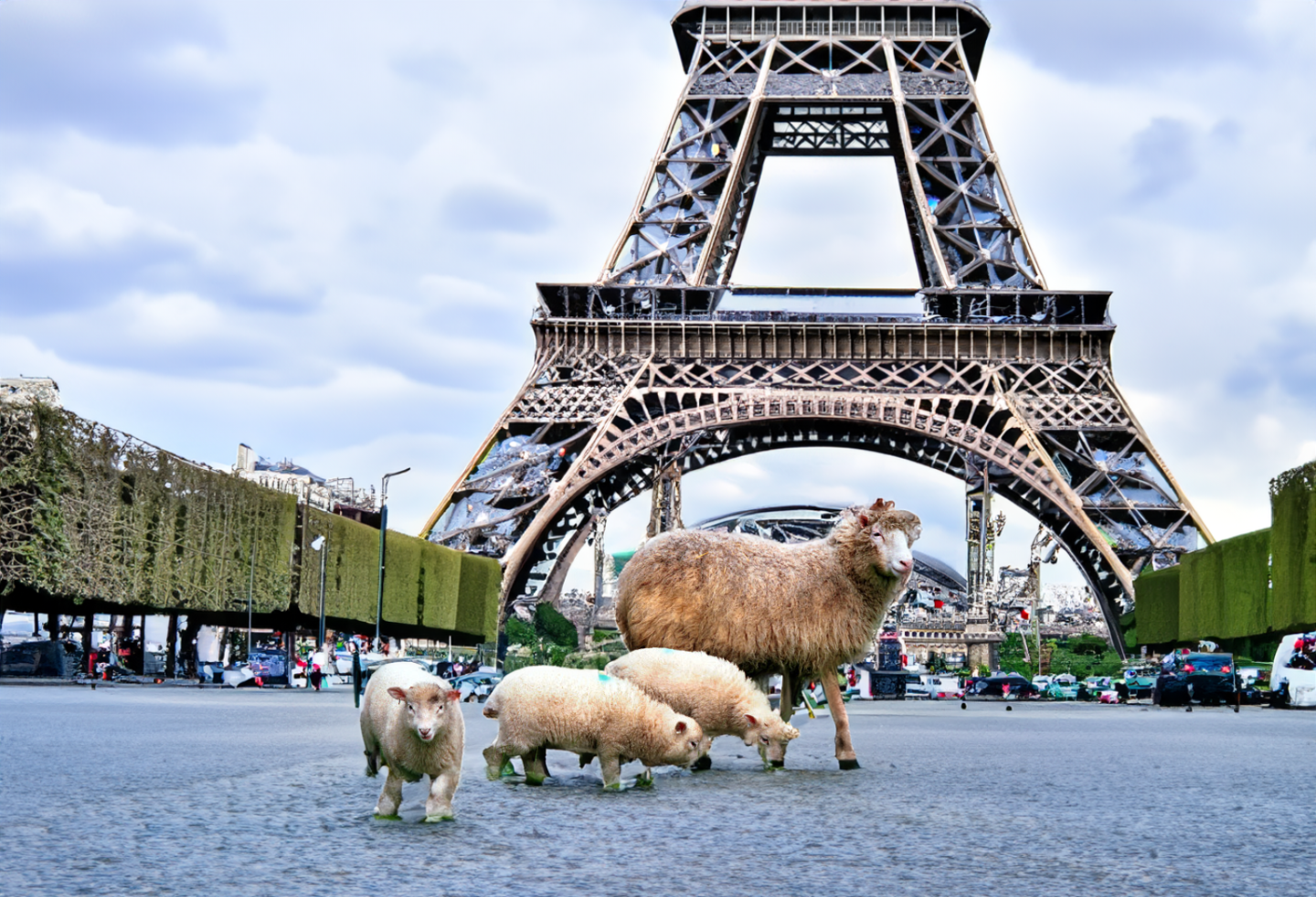


Leave a Reply